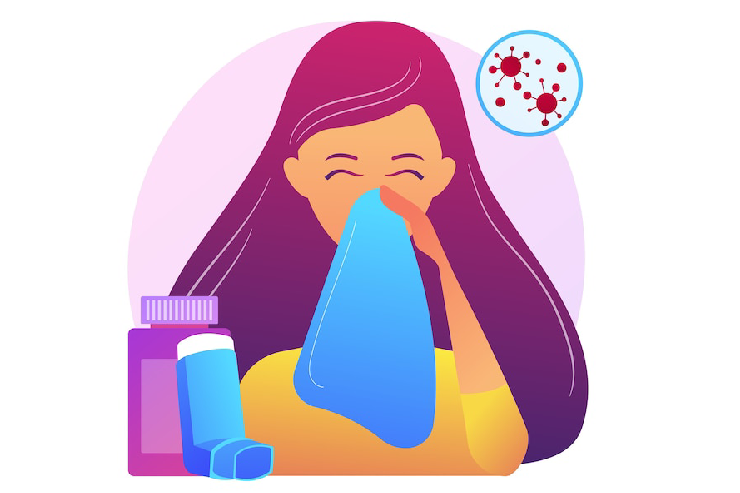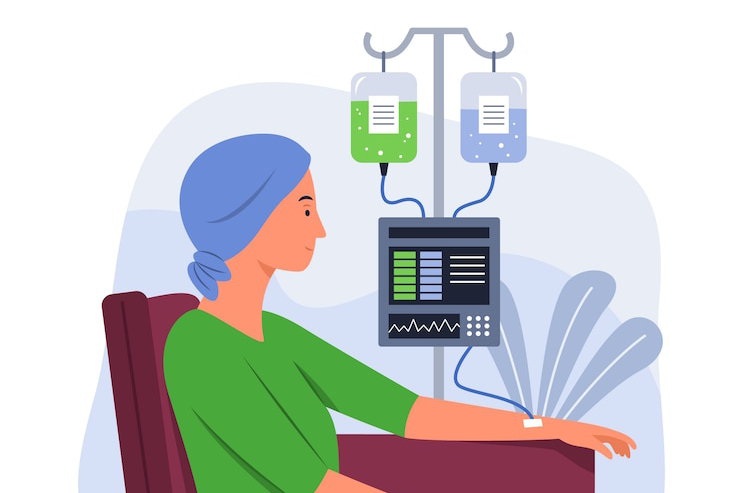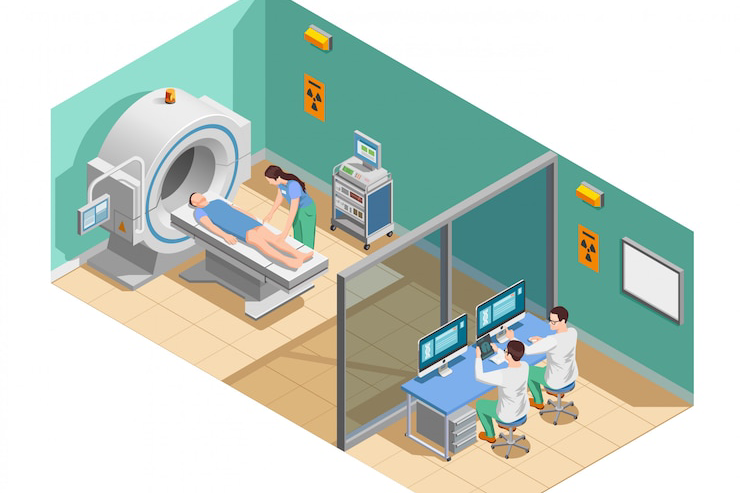Understanding Cholelithiasis: Causes, Symptoms, and Treatment – A Guide by ITM Hospital
Cholelithiasis, commonly known as gallstones, is a frequently encountered gastrointestinal condition that affects millions worldwide. Though often silent, it can sometimes lead to severe discomfort and complications, requiring timely medical intervention. At ITM Hospital, our expert gastroenterologists and state-of-the-art diagnostic facilities are committed to providing comprehensive care for gallbladder diseases like cholelithiasis.
In this blog, we delve into the essential aspects of cholelithiasis — from causes and symptoms to advanced treatment options — to help you better understand and manage this condition.
What Is Cholelithiasis?
Cholelithiasis is the medical term for the presence of gallstones in the gallbladder — a small, pear-shaped organ located under the liver that stores bile. Bile is a digestive fluid composed of water, cholesterol, bile salts, and waste products like bilirubin. When there's an imbalance in these components, it can lead to the formation of solid particles or stones, known as gallstones.
These stones can range in size from as small as a grain of sand to as large as a golf ball. While some people may have gallstones without experiencing symptoms (a condition known as "silent gallstones"), others may suffer from painful episodes that require medical attention.
What Causes Gallstones?
Several factors contribute to the formation of gallstones:
- Excess Cholesterol in Bile: When the liver excretes more cholesterol than bile can dissolve, the excess may crystallize into stones.
- High Bilirubin Levels: Conditions like liver disease or certain infections can lead to elevated bilirubin, increasing the risk of gallstone formation.
- Poor Gallbladder Emptying: If the gallbladder does not empty completely or often enough, bile can become overly concentrated, promoting stone formation.
- Diet and Obesity: Diets high in fat and cholesterol and low in fibre can increase the risk. Obesity also contributes to cholesterol imbalance in bile.
Who Is at Risk?
While anyone can develop gallstones, certain individuals are more prone to cholelithiasis:
- Women (especially during pregnancy or those on hormone therapy)
- Individuals over 40 years of age
- People with a family history of gallstones
- Those with diabetes, liver disease, or rapid weight loss
- People following a high-fat, low-fibre diet
Symptoms of Cholelithiasis
Gallstones may not always cause symptoms. However, when they obstruct the bile ducts, they can trigger intense discomfort. Common symptoms include:
- Sudden, intense abdominal pain (often in the upper right or centre abdomen)
- Pain after eating fatty meals
- Nausea and vomiting
- Back or shoulder pain
- Indigestion, bloating, and burping
- Jaundice (yellowing of skin and eyes) — if a stone blocks the bile duct
Such episodes, known as biliary colic, may last from minutes to several hours and typically subside once the stone moves or the spasm resolves.
How Is Cholelithiasis Diagnosed?
At ITM Hospital, we use advanced imaging techniques to accurately diagnose gallstones. These include:
- Ultrasound: The most common and non-invasive method to detect gallstones and assess gallbladder inflammation.
- CT Scan or MRI: Useful in complex cases or when other abdominal conditions are suspected.
- Endoscopic Ultrasound (EUS): Offers a clearer view in patients with small or hidden stones.
- Blood Tests: Help identify infections, liver function issues, or signs of biliary obstruction.
Treatment Options for Gallstones
Not all gallstones require treatment. For asymptomatic cases, a "watchful waiting" approach is often adopted. However, for symptomatic cholelithiasis or complications, medical or surgical treatment becomes necessary.
1. Medications
In some cases, medications like ursodeoxycholic acid may help dissolve cholesterol stones, especially when surgery is not an option. However, this treatment is slow and not always effective.
2. Laparoscopic Cholecystectomy
The most common and definitive treatment for gallstones is laparoscopic cholecystectomy — a minimally invasive procedure to remove the gallbladder. This surgery is safe, effective, and typically involves a short hospital stay and quick recovery.
3. Endoscopic Procedures
If gallstones block the bile ducts, procedures like ERCP (Endoscopic Retrograde Cholangiopancreatography) are used to locate and remove the obstruction without surgery.
Complications of Untreated Gallstones
Ignoring gallstones can lead to severe complications, such as:
- Cholecystitis (inflammation of the gallbladder)
- Pancreatitis (inflammation of the pancreas)
- Choledocholithiasis (stones in the common bile duct)
- Gallbladder rupture or infection
- Gallbladder cancer (rare but possible)
Prompt medical evaluation is crucial to prevent such outcomes.
Preventing Gallstones: Tips from ITM Hospital
Although not all cases are preventable, you can reduce your risk by adopting healthy lifestyle habits:
- Maintain a healthy weight and avoid rapid weight loss.
- Eat a balanced diet rich in fibre, fruits, and vegetables.
- Limit saturated fats and refined sugars.
- Stay active — regular physical activity supports overall digestion.
- Drink plenty of water to aid in bile flow and liver function.
Why Choose ITM Hospital for Gallbladder Care?
At ITM Hospital, we combine clinical expertise with modern technology to ensure accurate diagnosis, personalized treatment, and optimal outcomes for patients with cholelithiasis. Our surgical team is highly experienced in performing laparoscopic gallbladder surgeries, ensuring minimal discomfort and faster recovery.
From consultation to follow-up, our patient-centric approach ensures you receive compassionate, comprehensive care at every step.
Conclusion
Cholelithiasis is a manageable condition when detected early and treated appropriately. If you or a loved one experiences symptoms suggestive of gallstones, don’t ignore them. Visit ITM Hospital for expert consultation and advanced care tailored to your needs.
For appointments or more information, contact ITM Hospital’s Department of Gastroenterology today. Your health is our priority.



